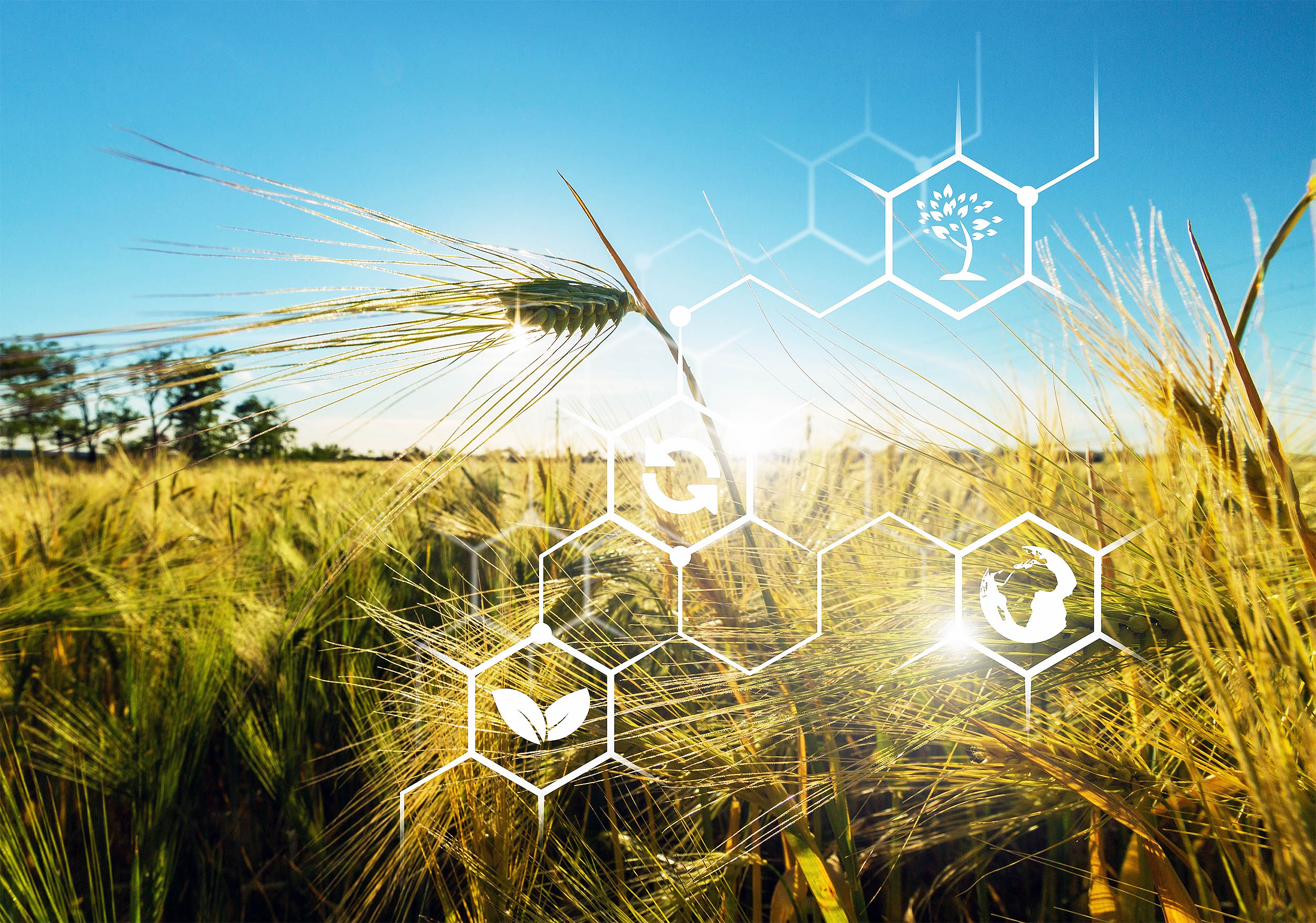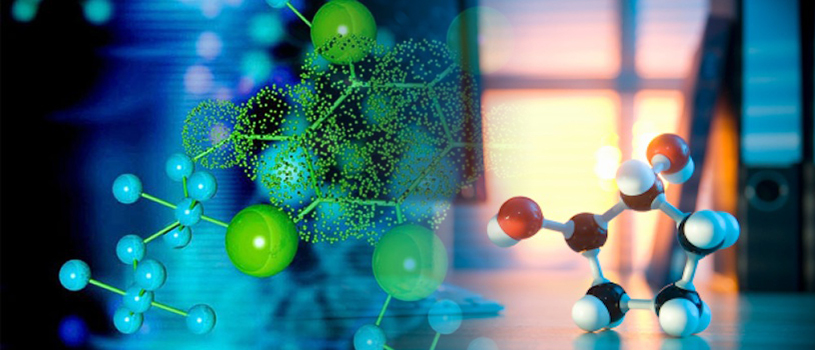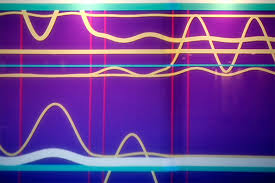
Microplastics are silently sabotaging the planet's greenery, curbing photosynthesis, and threatening food security.

Global warming could push tropical forests to a point where photosynthesis fails and trees die. The ramifications are huge, scientists say.

Engineering a version of photosynthesis that might be useful for fuel production is challenging. Now, german researchers have rearranged some photosynthetic proteins to make bacteria emit hydrogen when exposed to light.

Most crops on the planet are plagued by a photosynthetic glitch. U.S. researchers have engineered crops with a photorespiratory shortcut that are 40 percent more productive in real-world agronomic conditions.

Microbes could have performed oxygen-producing photosynthesis at least one billion years earlier in the history of the Earth than previously thought.

There's nothing new about breaking water apart to create a clean supply of energy but most methods to date have relied on expensive catalysts. But the new process could change that.

A chemistry professor has just found a way to trigger the process of photosynthesis in a synthetic material, turning greenhouse gases into clean air and producing energy all at the same time.

A fascinating lamp design uses living algae to produce an electricity-free glow and could absorb as much carbon as 200 trees a year.

Scientists have created a system that uses solar energy to split water molecules and hydrogen-eating bacteria to produce liquid fuels. The system can convert solar energy to biomass with 10 percent efficiency, far above the 1 percent seen in the fastest-growing plants.

When it comes to hurricanes, environmental engineer Ana Barros says there are two sides to the story.